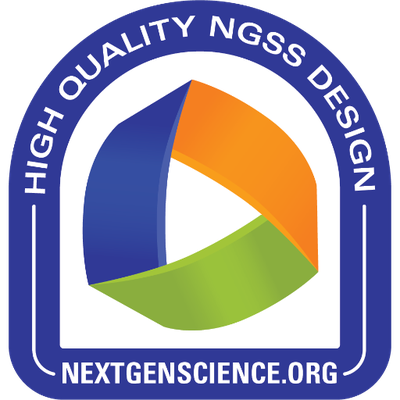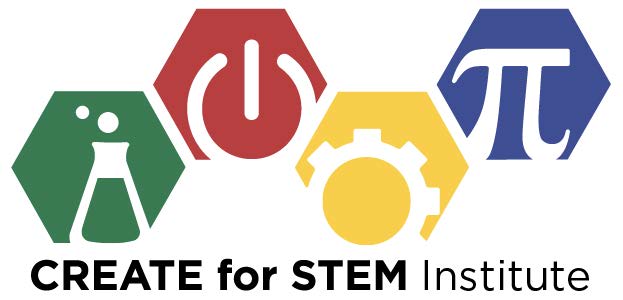
 Interactions
Interactions 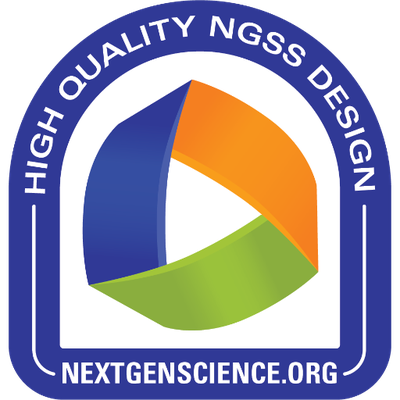
Physical Science Curriculum for High School
The Interaction Curriculum is a collaborative effort between the CREATE for STEM Institute at Michigan State University and the Concord Consortium.
The Interactions curriculum introduces students to science as an endeavor, a process we engage in, rather than solely a set of discoveries by others. Through engaging in modeling and scientific explanation students explore curious aspects of the everyday world, discovering how the unseen world of atomic level interactions and energy transformations are responsible for much of what we observe around us.
- Designed from the ground up to support the Next Generation Science Standards (NGSS) and three dimensional learning.
- For 9th grade physical or integrated science students.
Curriculum Overview
Fundamental forces, unseen yet felt in every moment of our existence, govern the interactions of matter and energy that in turn shape our lives. By understanding these forces, we create a foundation that supports doing and understanding modern sciences and technologies. Why do clothes stick together when they come out of the dryer? How is it that a tiny spark can trigger an explosion? Working from these and other questions, students start their explorations by asking their own questions and discussing what they already know. They observe phenomena, engage in hands on activities and use online simulations to collect evidence. From their evidence, they construct mental models of the forces that drive interesting phenomena and test their models by predicting further events.
To understand the structure and components of Interaction units/lessons, check out the here.
Unit 1 Why do some clothes stick together when they come out of the dryer?
Students develop a model of electric interactions to explain electrostatic phenomena. Students develop and revise their models by conducting investigations, collecting evidence from scientific texts, and evaluating ideas collaboratively based on evidence – requiring them to both listen to the ideas of others, and communicate their ideas effectively. At the end of this investigation, the class develops a particulate model of model of atomic structure and electrostatic interactions.
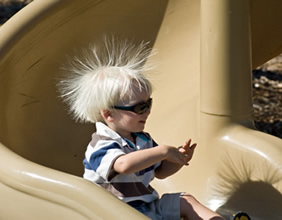
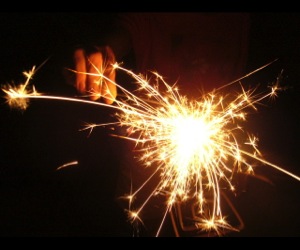
Unit 2 How does a small spark trigger a huge explosion?
In this investigation, students develop and revise evidence-based explanations that focus on the electrostatic attractions and energy conversions involved in the formation of molecules (chemical reactions). Students also learn new ways to represent ideas about chemical interactions, and work together to discover that chemical reactions are the rearrangement of molecules.
Unit 3 What powers a hurricane?
Students use their models to predict and explain observed properties of liquids. They conduct research, analyze, and compare the energy transformations and conversions that occur during phase changes of water. Ultimately, the class uses the big ideas they have discovered to write an evidence based explanation for “what powers a hurricane”


Unit 4 Why is a temperature of 107 degrees deadly?
Students will apply idea of stability and energy to describe how a fever can disrupt biologically important molecules (proteins). The class will use and apply big ideas learned over the entire school year to develop an evidence-based explanation describing how sub-microscopic interactions in the human body can impact our health to answer the question “Why is a fever of 107 degrees deadly?”


